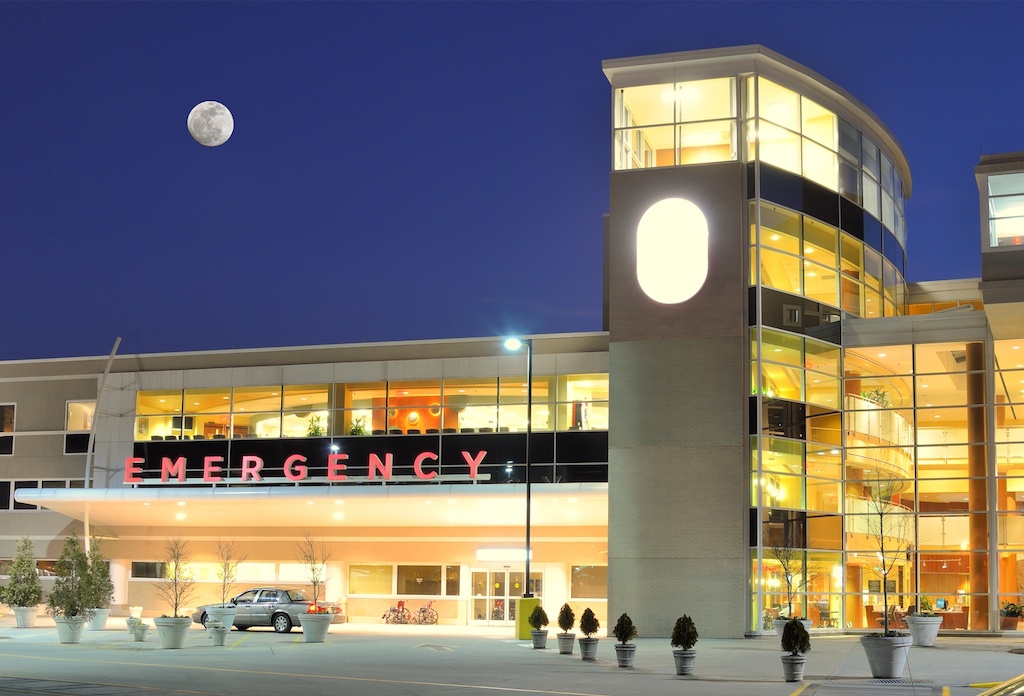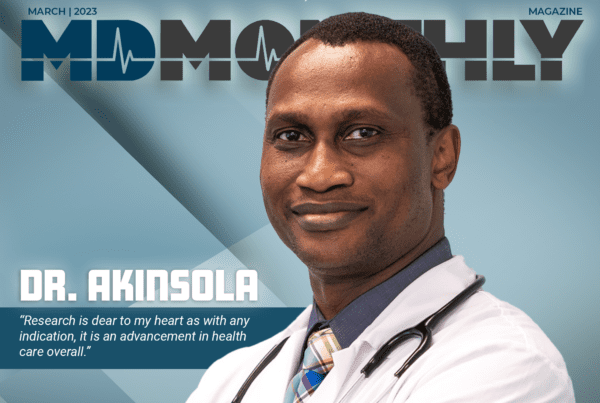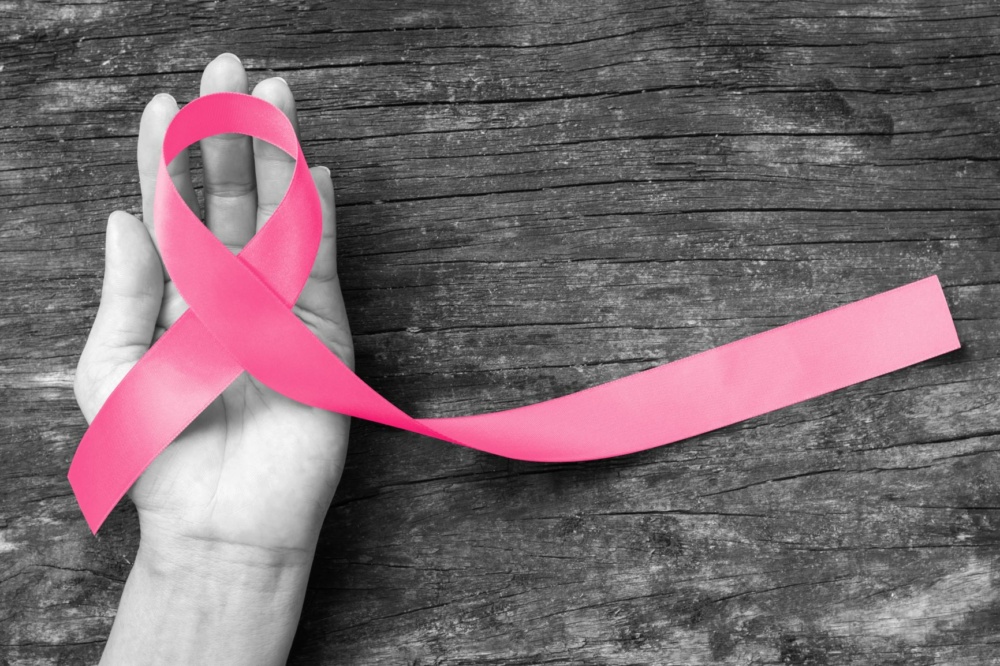As an adult or child, there are few things as scary as going to the emergency room. Strange equipment, unusual sounds, loss of control, and unfamiliar people combined with concerns of your health and well-being can overwhelm even the bravest of souls. Here’s how you might make the visit go as smoothly as possible.
It’s important to learn the signs of serious illness and trust your instincts. If you’re experiencing severe symptoms, it’s always best to seek immediate care.
When you arrive at the emergency room, you enter a triaging process. To ensure that the sickest patients receive immediate care, emergency rooms treat the most critical cases first. While the wait times for emergency care can often vary, here are three ways you can better prepare:
- Get a primary care physician- Having a regular doctor who keeps your medical history on file and is available to see you in a pinch is one of your best recourses. Call your primary care physician and describe your symptoms. The doctor or someone on their staff may be able to tell you whether emergency treatment is necessary. For urgent problems that don’t require emergency care, most doctors will try to squeeze you in.
- Keep your medical information handy and sign up for electronic medical records- Baylor Scott & White has MyChart online that is available electronically, including access on your phone. Keep handy the name and number of your regular doctor, any allergies or chronic medical problems, and any medications, and dosages, you may be taking. Don’t forget to also include any supplements or natural remedies you are taking.
- Locate the emergency rooms near your home and work- Not all hospitals are equipped to handle any emergency. Find out what type of emergency services are available in your community.
Childhood Emergency Warning Signs:
- Acting strangely or becoming withdrawn
- Unconsciousness or no response when you talk with your child
- Increasing effort or trouble breathing
- Skin or lips that look blue, purple or gray
- Increasing or persistent pain
- A cut that is large, deep, or involves the head, chest or abdomen
- Bleeding that does not stop after applying pressure for five minutes
- A burn that is large or involves the hands, feet, groin, chest or face
- Any loss of consciousness, confusion, headache or vomiting after a head injury
- Injuries from falls, choking, drowning, burns, smoke inhalation, electric shocks or firearms
- Call a physician or the Poison Control Center, 1.800.222.1222, immediately if your child has swallowed a suspected poison or another person’s medication.
Adult Emergency Warning Signs:
In addition to the above symptoms, the following should be considered an emergency for adults:
- Loss of consciousness
- Signs of heart attack: pressure, fullness, squeezing, burning, aching or pain in the chest.
- Be especially concerned if the discomfort is associated with nausea, shortness of breath or sweating.
- Signs of a stroke: sudden weakness or numbness of part of the body, sudden loss of vision, speech or trouble talking. Coupled with this is a sudden, severe headache and unexplained dizziness, especially when accompanied by other stroke symptoms.
- Shortness of breath
- Bleeding that doesn’t stop after 10 minutes of direct pressure
- A severe reaction to an insect bite or sting, or to a food or medication, especially if breathing is difficult
- A major injury
- Unexplained stupor, drowsiness or disorientation
- Coughing up or vomiting blood
- Severe or persistent vomiting
- Severe depression







Recent Comments